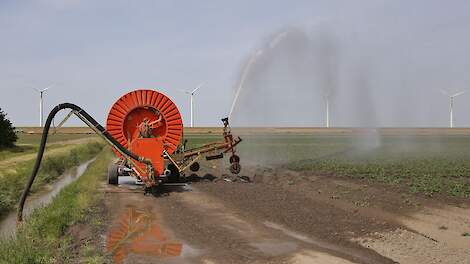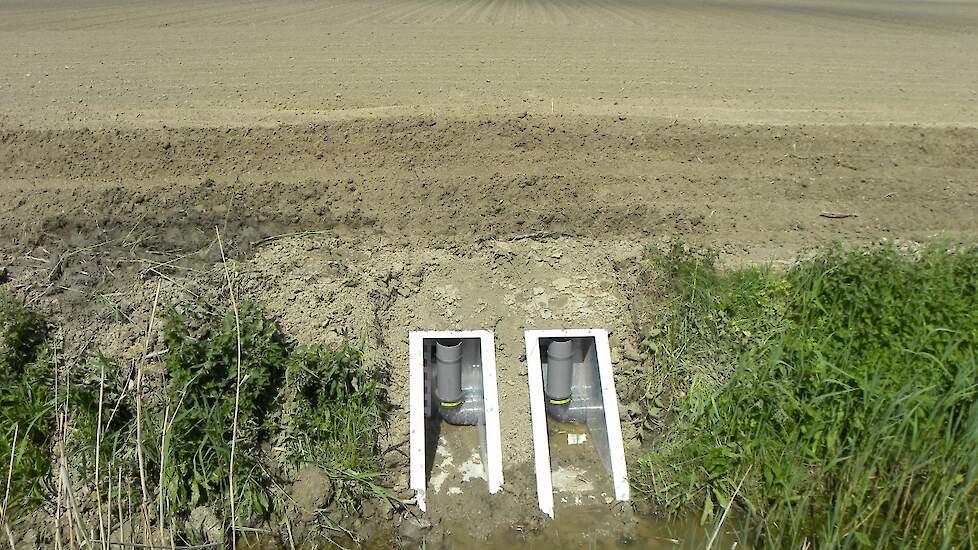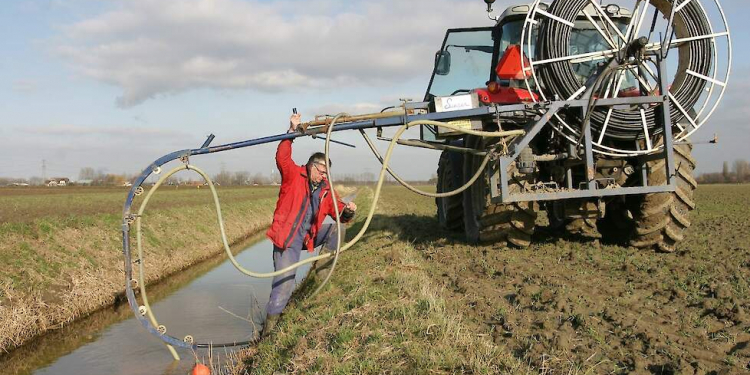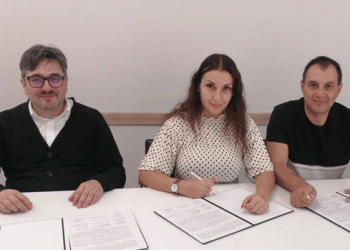Can brown rot be spread through the roots of the potato plant? That is the central question in a study that Wageningen UR will be carrying out at the request of the seed potato sector.

The reason for the research is the lack of clarity about the possible role of level-controlled drainage in the spread of brown rot. In 2018, there were brown rot infections in Groningen potatoes for which a clear cause could not be identified in all cases. The question soon arose as to whether a raised water level (due to the drought) in the drainage pipes could be the possible cause.
No research has yet been done on drainage as a distribution route, while more and more techniques are being developed to actively use drainage in the water supply. The importance of knowledge about this possible infection route becomes all the more important, because the use of level-controlled drainage in various crops is increasing. Water boards and farmers are also experimenting with retaining water for longer in ditches in order to have sufficient water available in times of drought.
Conscious action by grower
Since 2005, the cultivation of seed potatoes (NAK, ATR and TBM) has been subject to a legal ban on the use of surface water throughout the Netherlands. Water supply via level-controlled drainage also falls under this ban. At the insistence of the sector, the NVWA now distinguishes between a conscious action to raise a water level by the grower himself and an action by the government (eg raising the water level for the benefit of shipping).
Last year, the NVWA already urged the seed potato sector to conduct practical research into the possible influence of drainage. According to chairman Peter Berghuis of the LTO seed potatoes working group at the NVWA, a request for an investigation has ended up at the bottom of the pile, as a result of which the investigation was not carried out. “That’s why we’re dealing with it ourselves now.”
Also read: Level-controlled drainage remains a point of discussion in prevention of brown rot
The research includes a literature study. Then, in pot trials, we look at what happens to a potato plant when it is in water contaminated with brown rot. “So the question is whether the plants get sick because they absorb this water through their roots. Or maybe the infection is only spread through the foliage? We would like to know that.” This test also assesses the self-cleaning capacity of soil. “Could the bacteria die on its own?”

Berghuis believes that if research shows that the roots of the potato plant are not a route for brown rot, policy adjustments can be made. However, he does not want to get ahead of things just yet. “First, let’s see what this research yields.”









